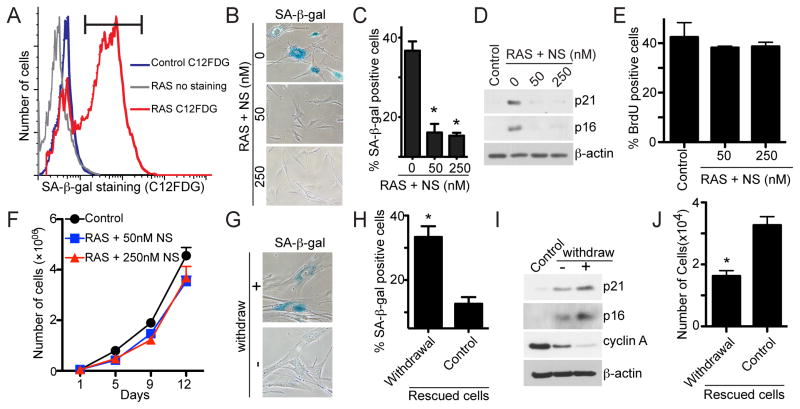Figure 2. Exogenous nucleosides are sufficient to overcome the stable OIS-associated cell growth arrest in established senescent cells. See also Figure S2.
(A) IMR90 cells were infected with RAS-encoding retrovirus. On day 6, drug-selected cells were subjected to flow cytometric sorting (FACS) of SA-β-gal positive cells using C12FDG as a substrate. Black bar indicates the gate used for sorting.
(B) FACS-sorted senescent cells were cultured without or with indicated concentrations of nucleosides (NS) for an additional 14 days. The cells were then stained for SA-β-gal activity.
(C) Quantification of (B). Mean of three independent experiments with SEM. *p<0.001
(D) Same as (B) but examined for p16, p21 and β-actin expression by immunoblotting.
(E) Same as (B) but labeled with BrdU for 1 hour. Mean of three independent experiments with SEM.
(F) Same as (B) but an equal number of cells that overcome senescence or control (parental) cells were inoculated in 6-well plates, and the number of cells was counted at the indicated time points. Mean of three independent experiments with SEM.
(G) Cells that overcome senescence in the presence of exogenous nucleosides (NS, 50 nM) isolated from (B) (rescued cells) were continually cultured in the presence of NS (control) or withdrawn from NS exposure for additional seventeen days and stained for SA-β-gal activity.
(H) Quantification of (G). Mean of three independent experiments with SEM. *p<0.01
(I) Same as (G) but examined for p21, p16, cyclin A and β-actin expression by immunoblotting.
(J) Same as (G) but an equal number of cells were inoculated in 6-well plates after withdrawal, and the number of cells was counted 4 days later. Mean of three independent experiments with SEM. *p<0.05

